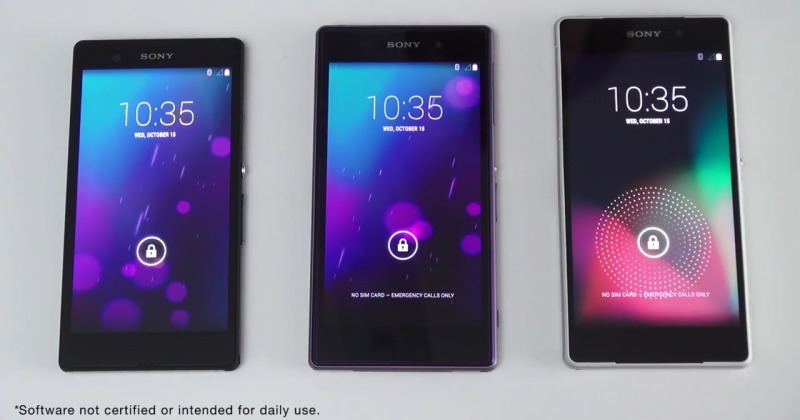
While Sony might arguably be not the top Android seller in the world, the OEM is popular for trying to do right by its users, especially when it comes to the Android community, especially modders and custom ROM makers. Aside from providing official instructions, and warnings, for unlocking bootloaders, it also provides kernel sources and configurations on the open source GitHub repository to be used by those who want to create their own Android version of its devices. Today, those sources welcome three devices to the fold.
Technically, only two are new devices. Sony has added the Xperia Z2 and the older Xperia Z1 to its AOSP for Xperia project on GitHub, giving modders the official approval to start cooking up ROMs for these two devices. In addition, Sony has updated the Xperia Z’s repository to Android 4.4.4. Of course, these devices, along with a truckload of Xperia Z models, will be getting Android 5.0 next year, but for now, it’s only KitKat for those who want to make ROMs.
Sony notes that these software are not to be meant for daily regular use and that certain functionality will be missing, like camera and modem, which makes devices useless for photography and phone calls. These, actually the camera, are the most common to be broken when unlocking bootloaders, since they are proprietary technology that rely on DRM to function. That said, Sony does provide binary (a.k.a. closed source) components to make those work, provided ROM makers are willing to have proprietary bits in their projects.
Another gift that Sony is giving Android developers is spring cleaning of its open source repositories. Previously, Sony would have kernel source code for each and every device, which makes it tedious to maintain, both for Sony and for developers. That is why starting today, Sony will be using a single unified kernel for all devices running on the Qualcomm MSM8974 chipset, a.k.a. the ubiquitous Snapdragon 800. This will hopefully not only make it easier for developers to play around with Sony device kernels but also to contribute those changes back to Sony for the benefit of even those running on stock firmware.
SOURCE: Sony









